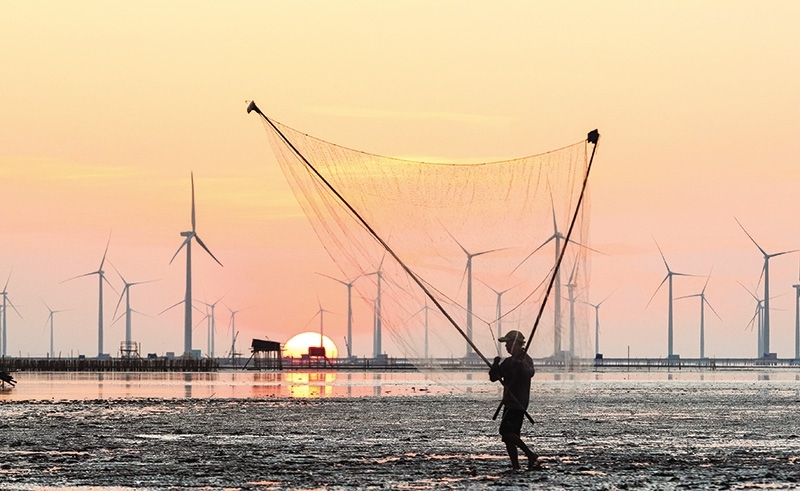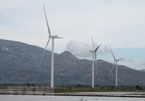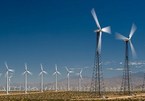 |
| The government, as well as corporations, are devising strategies to take full advantage of Vietnam’s wind potential |
According to GWEC Market Intelligence’s new report titled South East Asia Market Update - Insights on Vietnam, the country can be the next big wind energy market in Southeast Asia.
With a growing GDP, increasing population, surging power growth rate with dependence on coal, a favourable tariff system, and fantastic wind resources for both onshore and offshore wind, the report states that Vietnam has all the fundamentals in place to be a wind power leader in the region, as long as any sticking issues and hurdles can be overcome by market stakeholders.
These stakeholders are descending on Hanoi on June 11-12 for the Vietnam Wind Power 2019 event at the Pan Pacific Hotel.
During the two days of roundtables, workshops, and a high-level conference, representatives from industry, finance, the government, international organisations, and other stakeholders will discuss how to overcome the projected challenges and ensure that Vietnam can fulfil its wind power potential.
This official industry event is part of the GWEC’s overall efforts to open up the Southeast Asia region for wind energy and the work of the newly launched South East Asia Task Force.
The task force will act to engage governments and stakeholders in the region and will produce research and policy papers and much more in order to assist in the growth of the wind energy industry in the region.
The GWEC’s new report is the first of its kind to be published by the task force, and is available on the Market Intelligence section of the GWEC website for their members.
It includes more than 30 tables and figures charting the market outlook for the Southeast Asia region up until 2030.
As energy security becomes an increasing concern with industry and power consumption continuing to grow in Vietnam, questions are being asked if the country can provide sufficient capacity to this growth, and regulators are now turning their sights to wind and other renewable energy sources.
The Vietnamese government has taken the lead and established renewable energy targets in order to meet the growing energy demand and power economic development sustainably.
The current target in place is to provide 10.7 per cent of electricity production coming from renewables by 2030.
They have also established a wind-specific target of 800 megawatts by 2020 in order to meet their renewable energy goals.
On top of these targets, the government also raised the feed-in tariff (FiT) for both onshore and offshore wind in September 2018, in order to spur market activity and balance out the high risks within emerging markets, specifically power purchase agreement bankability.
The FiT is set for all projects entering operation by November 2021, but what comes after this date remains unclear.
A planned solar PV auction in Vietnam could be an indication of what market regulators are considering for other renewable sources.
The current pipeline data shows about two gigawatts of projects, with just over 1GW of capacity expected to be installed in 2021, although 440MW worth has a permit or even secured financing already.
Although the target of 800MW by 2020 might not be reached, total installations of 600-800MW by 2021 seem realistic.
“With a long coastline and great wind resources, Vietnam has a real opportunity to develop a strong offshore wind industry,” said Bui Vinh Thang, head of government and corporate relations in Vietnam for Mainstream Renewable Power.
“With our track record of successfully developing the world’s largest offshore wind farm, we are committed to developing large-scale offshore wind projects here as a part of our renewable energy strategy for the country.”
Posing the biggest obstacle right now to reaching this target is obtaining financing for projects with a bankable power purchase agreement.
International investors see many risk factors in this emerging market such as arbitration law, curtailment, termination, and government guarantees.
Others include permits, pricing, and capacity-building, all of which must be taken into account when unlocking the market potential for wind energy in Vietnam.
“Within the fast-growing economies of Southeast Asia, Vietnam is a priority market for us,” commented Clive Turton, president of Vestas Asia Pacific.
“With solid energy demand and the desire to increase the share of renewables in its energy mix, Vietnam has great potential to be a regional leader in renewable energy.”
“Both Vestas and the GWEC are committed to supporting the healthy development of the renewable energy sector in Vietnam, through sharing our experience and expertise in policy, regulations, and other mechanisms that can ensure Vietnam delivers on its rich potential,” he added. VIR
Liming Qiao - Asia director Global Wind Energy Council

Ninh Thuan builds more solar, wind projects
The central province of Ninh Thuan aims to become the renewable-energy centre of the country, with assistance from the central government's preferential policies.

US continues to impose anti-dumping taxes on Vietnamese wind turbines
The United States International Trade Commission has announced its final conclusion of its sunset reviews concerning anti-dumping to utility scale wind towers imported from Vietnam.

Scientists to use energy from waterfall to make ice cubes
Dr Vo Chi Chinh from Da Nang University and his co-workers have created a special refrigeration system that makes ice cubes and preserves food. It uses the power of natural water, which is abundant in mountainous areas.